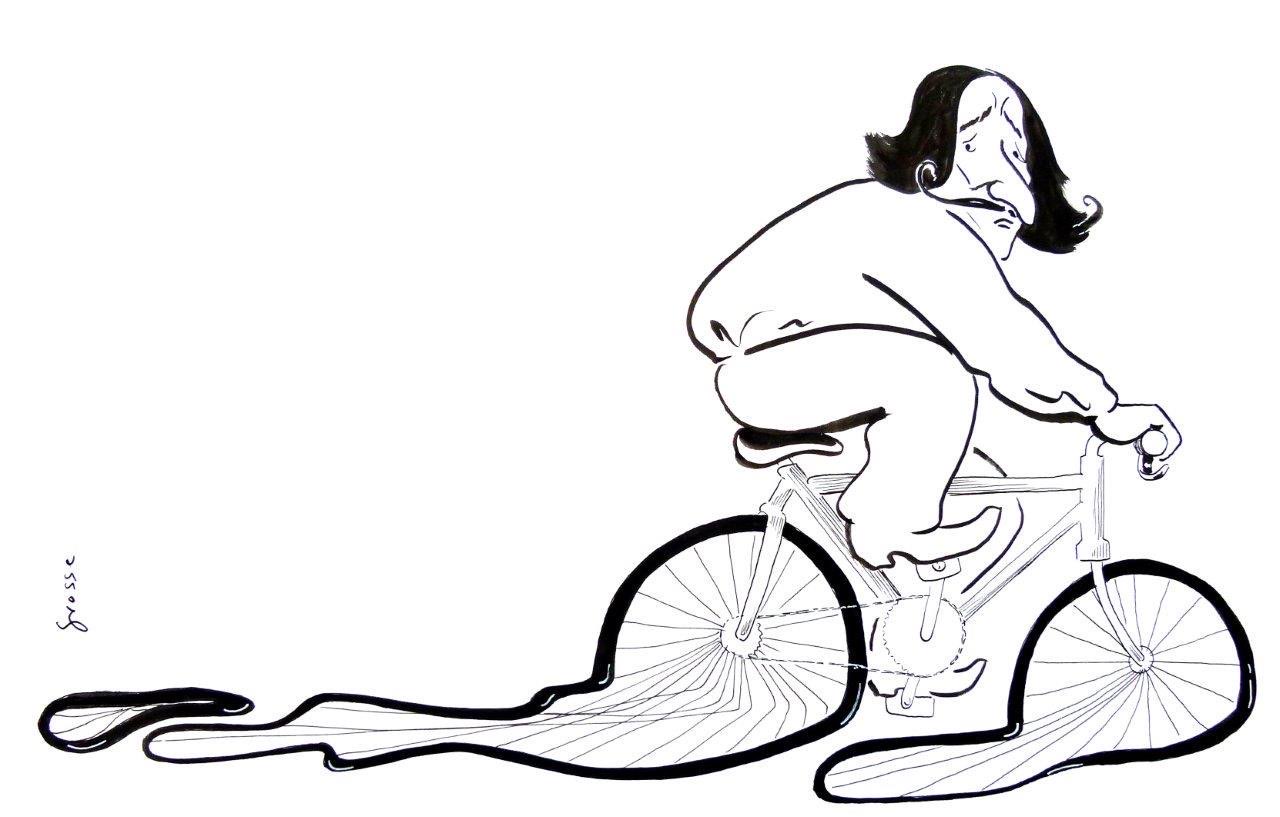| the art of the moment. |
Dreams are usually expressed in a symbolic imagery. Pursuing such symbols through creative, artistic presentation is experienced as very enriching, exciting and intensifying. Neither should art stand in the way of science, nor should science stand in the way of art. We believe that both are needed. At the heart of every form of expression is the spontaneous, creative act,
| the joy of creative activity. |
Jung considered images to be the most important means of symbolically representing the contents of the unconscious. See, e.g., the magnificent images in The Red Book, in which Jung presents his observations and experiments on himself.
In volume 9i of his collected works, Jung analyzed a series of images that a female patient made step by step. The decisive factor here was
| that no artistic training was necessary. |
Therefore, her unconscious was able to express itself without conscious intervention. The sequence of images revealed a clear transformation in the patient. Jung found a very rich symbolism in her images, which showed more and more balance and wholeness as the analysis progressed. He also discovered much alchemical content in her work, which motivated him to pursue his alchemical studies further.
In particular, in Volume 12 of his collected works, Jung analyzed a sequence of dreams from a patient who was later revealed to be the physicist Wolfgang Pauli. Jung found these dreams to have a highly alchemical character, and they were illustrated with very provocative imagery from alchemy.
We hope for much spontaneity and enthusiasm from our group participants for presenting their images.
